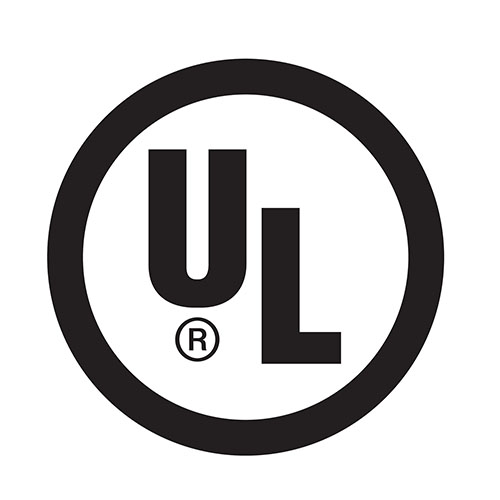Enterprise integration — Framework for enterprise modelling
ISO 19439:2006 specifies a framework conforming to requirements of ISO 15704, which serves as a common basis to identify and coordinate standards development for modelling of enterprises, emphasising, but not restricted to, computer integrated manufacturing. ISO 19439:2006 also serves as the basis for further standards for the development of models that will be computer-enactable and enable business process model-based decision support leading to model-based operation, monitoring and control.In ISO 19439:2006, four enterprise model views are defined in this framework. Additional views for particular user concerns can be generated but these additional views are not part of this International Standard. Possible additional views are identified in ISO 15704.

ISO 19439:2006
https://www.iso.org/standard/33833.html



